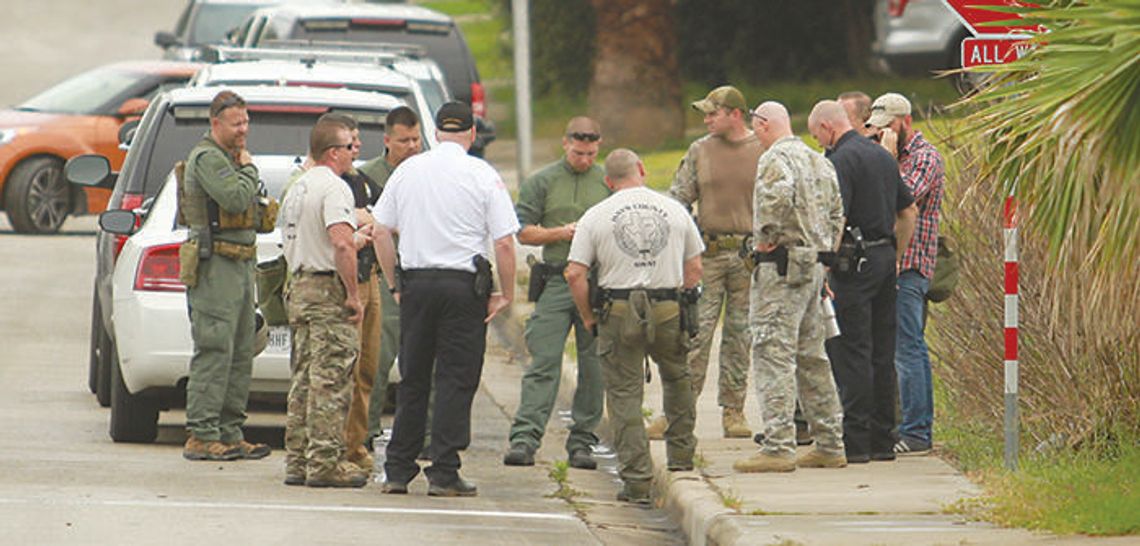Numerous law enforcement vehicles lined the normally quiet Steeplechase subdivision streets in Kyle to de-escalate an emergency situation last week.
Kyle Police, San Marcos Police, the Hays County Sheriff’s Office and the Hays County Special Weapons and Tactical (SWAT) unit were on scene for what was reported as a welfare concern in the 100 block of Casper Cove.
While the incident was resolved safely and no one was injured, the event led to the closure of several streets in the neighborhood, as well as the lockout of Lehman High and Chapa Middle schools.
PLEASE LOG IN FOR PREMIUM CONTENT. Our website requires visitors to log in to view the best local news.
Not yet a subscriber? Subscribe today!










